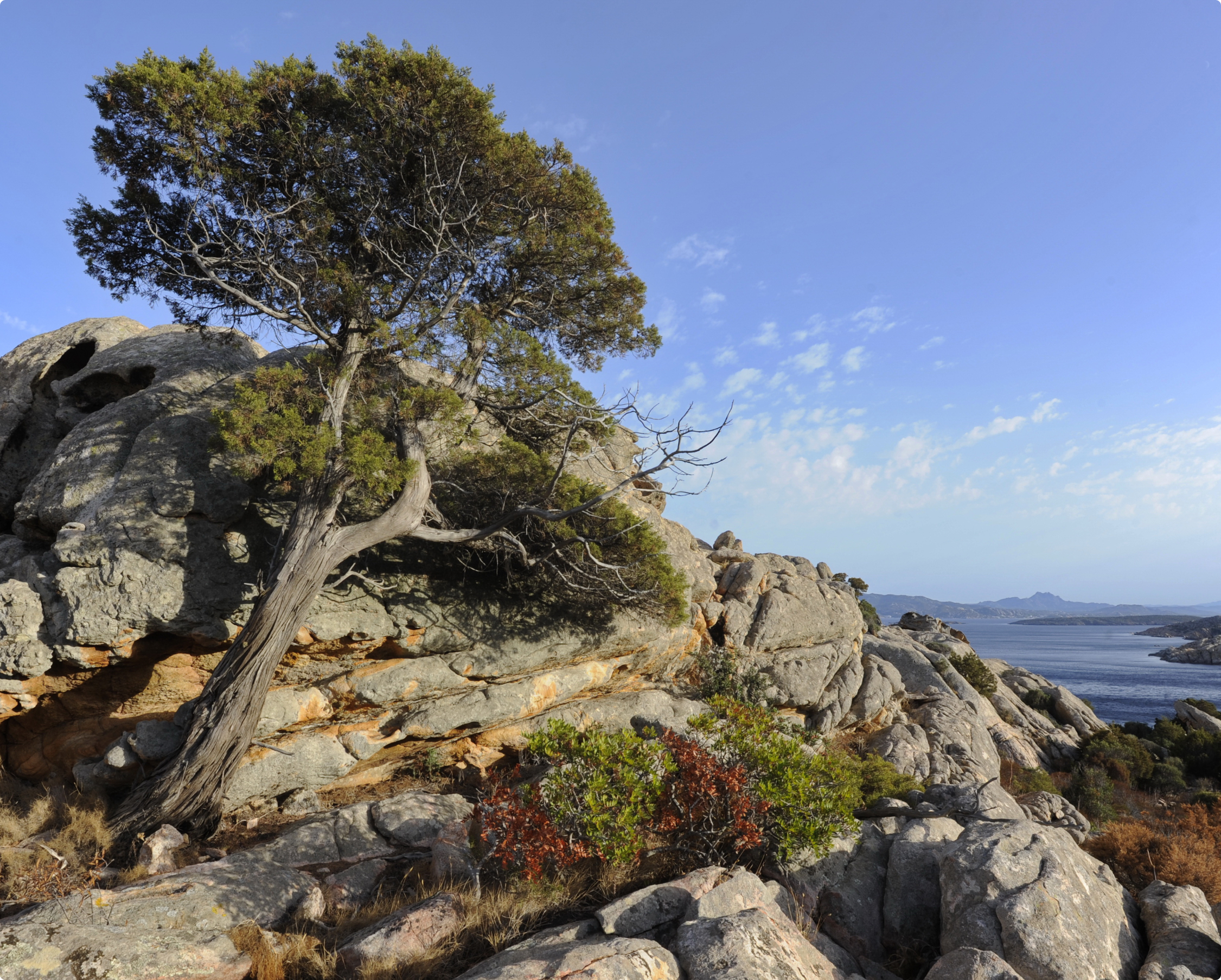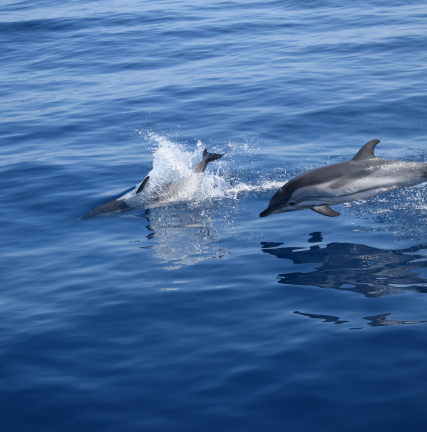The LIFE programme is the instrument the European Union uses to fund nature and environmental conservation projects, particularly for protecting biodiversity, combating climate change, and the transition to clean energy and the circular economy.
LIFE has been active since 1992 and has so far funded more than 5 thousand projects that have promoted action plans and divulgation plans, innovative techniques and approaches, to update and develop European Union environmental legislation and policies. Over the years, there are many LIFE projects that have concretely contributed to improving the protection of endangered habitats and species, including brown bears, monk seals, wolves, and hundreds of endangered birds.
LIFE projects regularly involve areas of the Natura 2000 Network, an organized system of thousands of sites designed to conserve the European Union’s biodiversity, and in particular to protect habitats (forests, grasslands, rocky environments, wetlands, well-conserved coastlines) and rare and endangered animal and plant species.
Life program and the Natura 2000 Network

Cala Coticcio – photo by Francesco Tomasinelli – Triton Research

Striped dolphin (Mediterranean Sea) – photo by Giulia Luzi – Triton Research
Natura 2000 sites are composed of SACs, SCIs and SPAs. SPAs (Special Protection Areas) are Natura 2000 sites designated under the Birds Directive, while SCIs (Site of Community Interest) and SACs (Special Areas of Conservation) are sites designated under the Habitats Directive since 1997 also transposed in Italy. A SCI and a SAC concern the same site, and the only distinction is the level of protection.
Today the network covers more than 18 % of the EU’s land area and more than 9 % of its marine territory and protects our unique natural heritage. On land, this represents an area as big as the size of Spain and Romania combined, and on the sea, an area as big as the size of Sweden. Thanks to Natura 2000, the EU protects about 1,400 species of wild animals and plants and 460 species of birds.
In Italy, SCIs, SACs and SPAs together cover about 19 % of the national land territory and more than 13 % of the marine territory.







